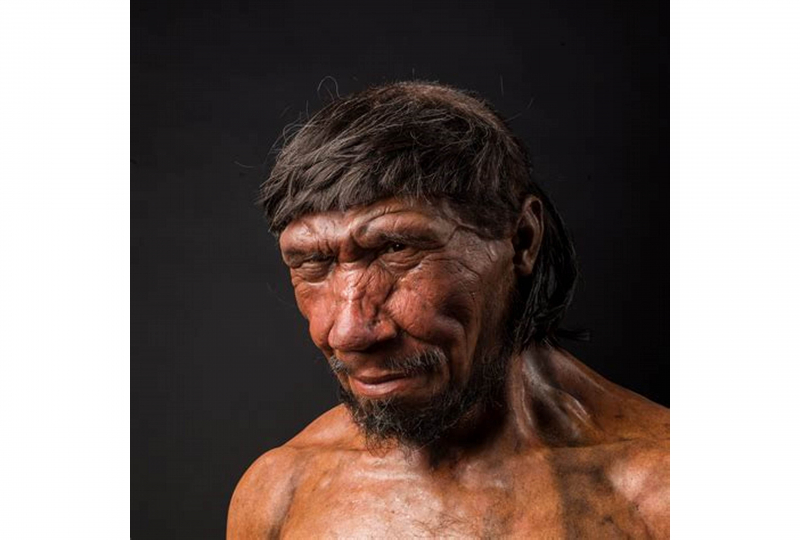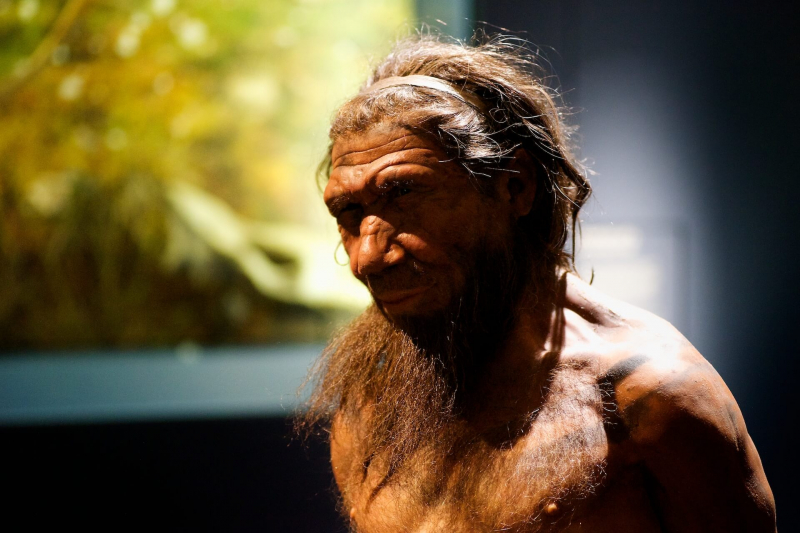Thoughtful Burial Practices
The notion of creating graves to bury the deceased was long believed to have originated with contemporary humans. However, throughout time, evidence has emerged that suggests Neanderthals may have also deliberately buried their dead.
When a Neanderthal tomb was uncovered in the south of France in 1908, this was first found. Well-preserved bones were discovered inside. Skeptics disagreed with the claim made by the finders of these bones that Neanderthals purposefully buried their dead.
Seven caves spanning the La Chapelle-aux-Saints, where the discovery was made in 1908, were unearthed between 1999 and 2012. They discovered many bones in the caves, including reindeer, two children, and an adult. The depth of the holes was determined not to be a natural feature of the cave itself, even though no tools or weapons were uncovered to support the theory that these graves were made on purpose.
Additional research from 1908 revealed that Neanderthals burried their bones quickly and deliberately to preserve them. The fact that the bones had minimal to no fissures or smoothness that would have been caused by natural erosion confirmed this.
In addition to burying their deceased, it is thought that they also engaged in a ceremonial ceremony, much like current human funerals. This notion was inspired by the discovery of tools and fire pits at the Des-Cubierta Cave in Madrid. This notion was inspired by the discovery of fire pits and tools in Madrid's Des-Cubierta Cave, which is said to have served as a place to bury and lament the dead.












